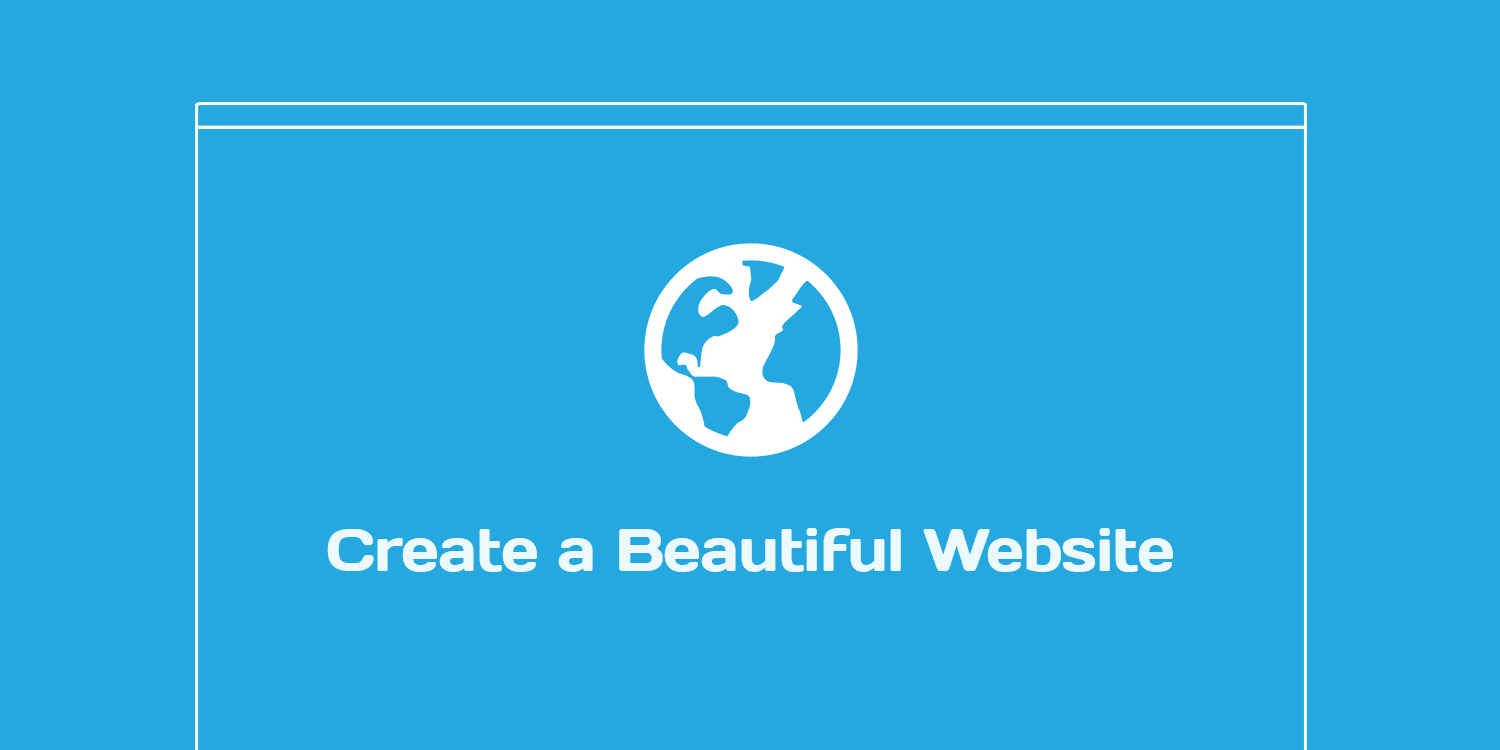What is CSS?
A cascading style sheet, commonly called CSS, is the style layer on HTML elements, or in simpler terms, it allows you to style the elements (font, size, color and spacing) of your HTML pages and content in gently applying classes to it. CSS takes care of the presentation and helps you determine how the pages and content you create with HTML will look and be displayed. CSS will be a savior once you learn to master the code. To master CSS, you must first understand the different types of CSS. There are basically three ways to write CSS, which are mentioned below.
Internal style sheet
Using an internal style sheet means that the style you are going to create will be coded directly into the HTML code for that particular page, just between the and tags. It is used if you want the style to be used in the full HTML body.
External style sheet
Using an external style sheet means that you create a .css file and then use it in your HTML page as needed. Generally, external CSS is used when you have many HTML attributes and want to use them as required; there is no need to write and rewrite the CSS style over and over in the HTML body. It is recommended to use an external style sheet mainly for two reasons.
This saves a lot of time loading your page.
It is convenient to have just about everything in one place.
Inline CSS
Using inline CSS means that each content style will be in HTML elements. It is used for a limited section and in case your needs are very small as it will affect only one element. If you are a good programmer, it is not recommended to use CSS inline because:
It takes a long time to specify CSS on each HTML tag.
The code will become quite large and complex.
An internal style sheet is generally used by bloggers, an external style sheet is used in WordPress, and online CSS is useful for quick fixes.
CSS features
1. Consistency
With CSS, it’s easy to edit the pages of your website. By making a change to your CSS style sheet, you can therefore do this on every page of your website.
2. Browser compatibility
The compatibility of the browser is something very important and with CSS it is easy to remember because it solves this problem well.
3. Appearance
With CSS, it’s easy to improve the look of the website from one place because it lets you use a wide range of extensive and expressive styles.
4. Maintainability
CSS offers you the ability to automatically correct and modify each page of your website each time a change is made to your website’s style sheet.
5. Save time
With CSS, you only need to specify style details once for any element, and it will automatically apply the specified styles each time that particular element occurs. Therefore, it saves you a lot of time by not forcing yourself to rewrite everything over and over.
Major differences between CSS, CSS2 and CSS3
- CSS was originally released in 1996 and consists of properties to add font properties such as font and color accentuation for text, backgrounds and other elements. CSS2 was released in 1998 with styles added for other types of media so that it can be used for the design of the layout. CSS3 was released in 1999 and presentation style properties have been added which allow you to create a presentation from documents.
- Unlike CSS2, which was made up of a single document, CSS3 has its specifications divided into many individual modules, which makes CSS3 much easier to manage.
- With CSS3, designers can now use special fonts, such as those available in Google Fonts and Typecast. Previously, with CSS and CSS2, designers could only use “secure web fonts” to be 100% sure they used fonts that would always display the same on each machine.
- While CSS and CSS2 had “simple selectors”, CSS3 calls the components as “a sequence of simple selectors”.
- CSS3 has proposed key web design considerations such as rounded borders that help round borders without hassle. This turned out to be a huge advantage for developers who were having trouble with the initial versions of CSS borders.
- CSS3 has the ability to divide sections of text into multiple columns so that they can be read like a newspaper. In CSS2, the developers had difficulties because the standard was not equipped to automatically break the text so that it fits in a box.
What and where to learn in 2020?
CSS is a web development technology that stands behind the appearance of each web page. It turns out to be able to do much more with its most recent evolution. CSS versions keep improving over time, which basically means an improved programming platform for developers, which results in more efficient and faster web designs.
As we head towards 2020, the most requested and most important visual language on the Web is CSS3. It helps you to engage your website users with fast loading web pages on all browsers.
CSS3 allows you to control the visual appearance of your website through layout, overlay, typography and special effects. You can easily customize any theme for WordPress or create the visual of your application or your site with CSS3.



Leave A Comment